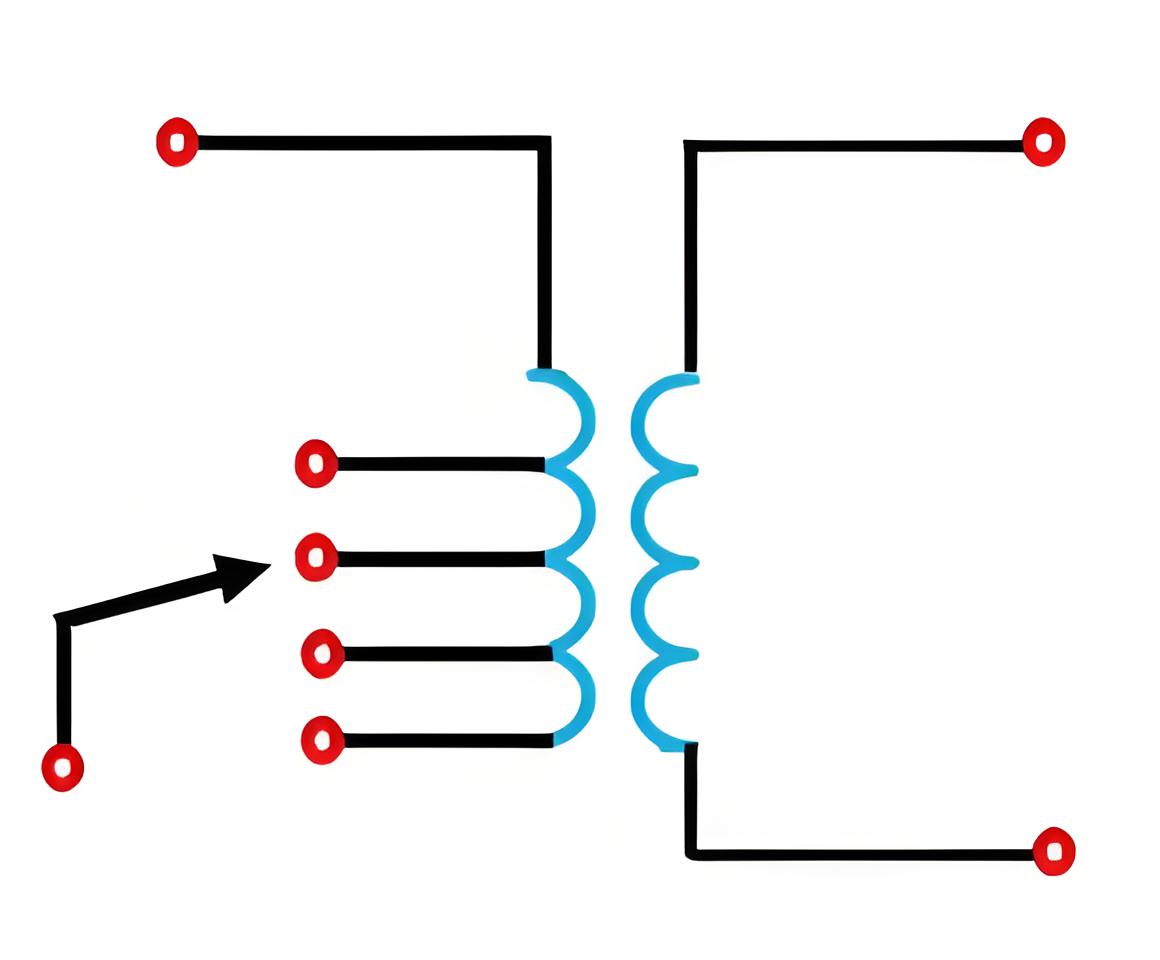What are the On Load and No Load Tap Changer?
What are the On Load and No Load Tap Changer?
Definition
The on-load tap-changer and no-load tap-changer of a transformer are devices used to regulate the output voltage of the transformer.

Load Tap Changer (LTC)
Effect
Change tap position under load: The tap position can be adjusted when the transformer is under load without interrupting the power supply.
Adjust the output voltage: Adjust the output voltage by changing the transformer ratio to adapt to different load requirements.
Peculiarity
Flexible operation:the tap position can be adjusted without power failure.
Automatic or manual control: Automatic or manual adjustment can be achieved to adapt to different application scenarios.
Wide adjustment range: there are usually more tap positions to provide finer voltage regulation capabilities.
High complexity: The structure is relatively complex and requires more maintenance.
Application scenario
Power system: Widely used in power transmission and distribution networks to adapt to different load changes.
Industrial sector: Used in factories and large facilities to ensure a stable voltage supply.
No-Load Tap Changer (NLTC)
Effect
Change tap position when not under load: The tap position can only be adjusted when the transformer is not connected to the load.
Adjust the output voltage: Adjust the output voltage by changing the transformer ratio, but it needs to be carried out under no-load conditions.
Peculiarity
Simple structure: Compared with on-load tap-changer, the structure is simpler and the maintenance cost is lower.
Easy operation: Usually manually operated by simple mechanical or electric means.
Limited adjustment range: Few tap positions are provided and the adjustment range is relatively narrow.
Application scenario
Small transformers: Suitable for small transformers or applications that do not require frequent adjustment of tap positions.
Specific applications: In situations where frequent voltage regulation is not required, or in cost-sensitive applications.
Maintenance and inspection
Regular inspection: Whether the tap-changer is loaded or unloaded, it needs regular inspection and maintenance to ensure that it works properly.
Lubrication: Regularly lubricate the moving parts of the tap-changer to reduce wear.
Clean: Remove dust and dirt around the tap-changer to avoid affecting operation.
Electrical check: Check the electrical connection of the tap-changer to ensure good contact.
Matters needing attention
Safe operation: When maintaining or adjusting the tap position, observe the safe operation rules.
Environmental adaptability: Select the tap changer that is suitable for local environmental conditions.
Conclusion
By using on-load tap-changer and no-load tap-changer, the output voltage of the transformer can be adjusted according to actual needs, so as to ensure the stability and reliability of the power supply system.
The Electricity Encyclopedia is dedicated to accelerating the dissemination and application of electricity knowledge and adding impetus to the development and innovation of the electricity industry.













